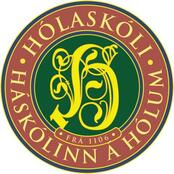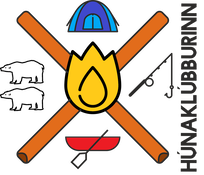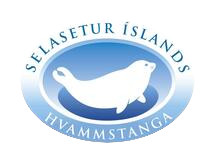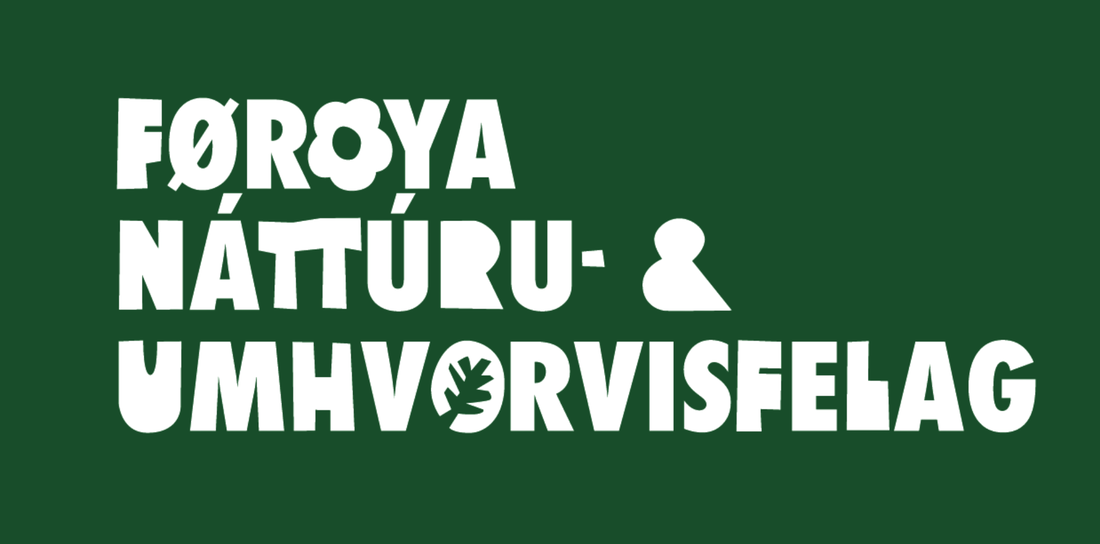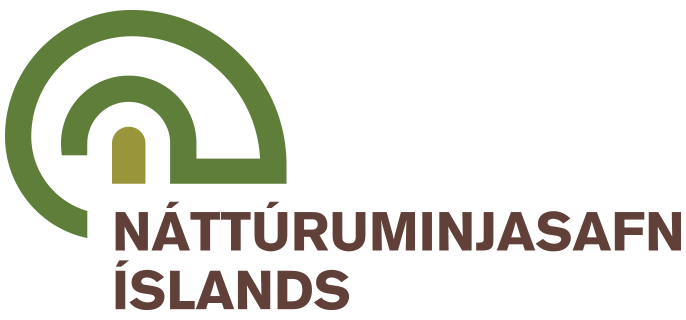|
Mid-May to mid-June is the time for eider ducks to incubate their eggs. It is interesting, in that period, to study how many eggs each can be found in each nest, and where the nests are located within the colony. In Iceland, many eider duck nesting sites are protected by farmers who collect their down feathers when the ducks and ducklings have left the nest. We were lucky to get in touch with a eider farmer. He let us enter the nesting site and count eggs with the youth group from Skagaströnd and Valtýr Sigurðsson, youth leader and marine biologist from Náttúrustofa Norðurlands vestra. After the group came back to Valtýr's office, he showed the kids how to use his microscope to look at feathers up-close!
Below are a few pictures from the day. Please do not enter nesting sites without permission from the farmer and adequate supervision, as the ducks are very sensitive and need minimal disturbance to produce healthy ducklings.
0 Comments
Leave a Reply. |
Archives
March 2024
Categories
All
|
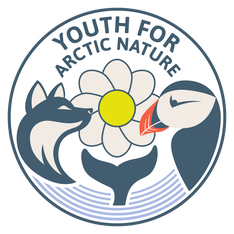
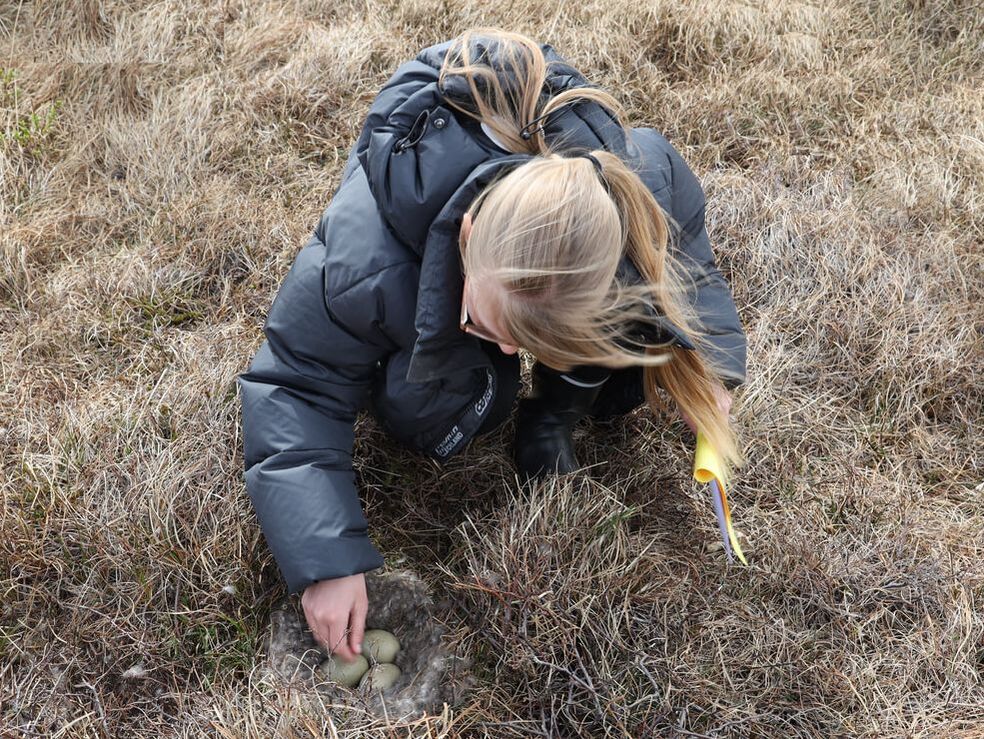
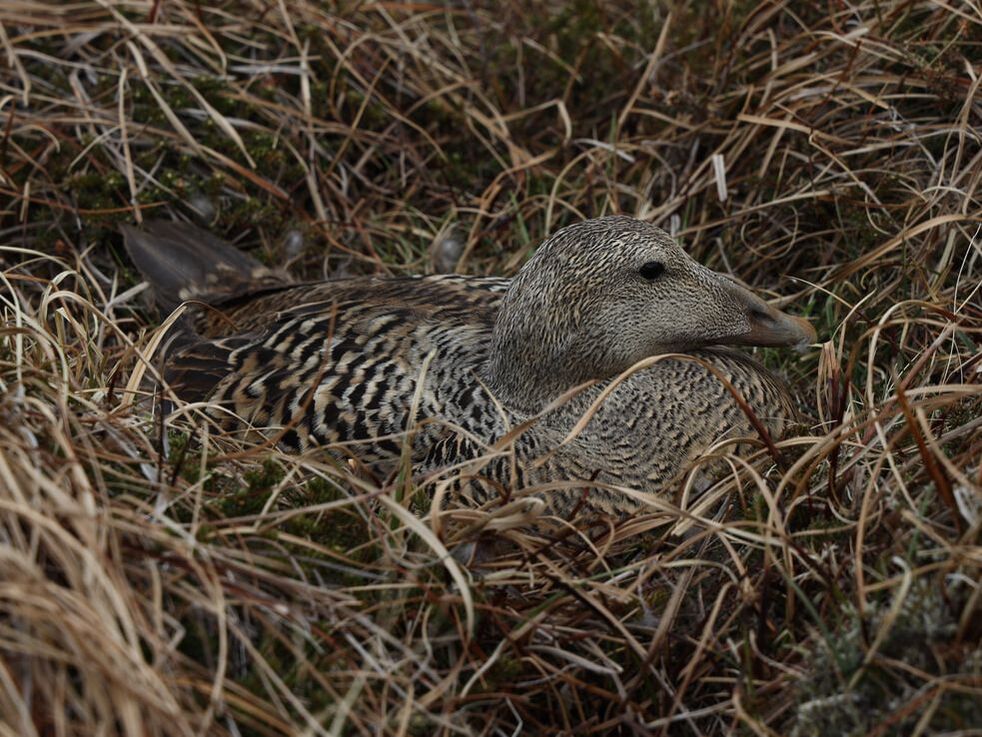
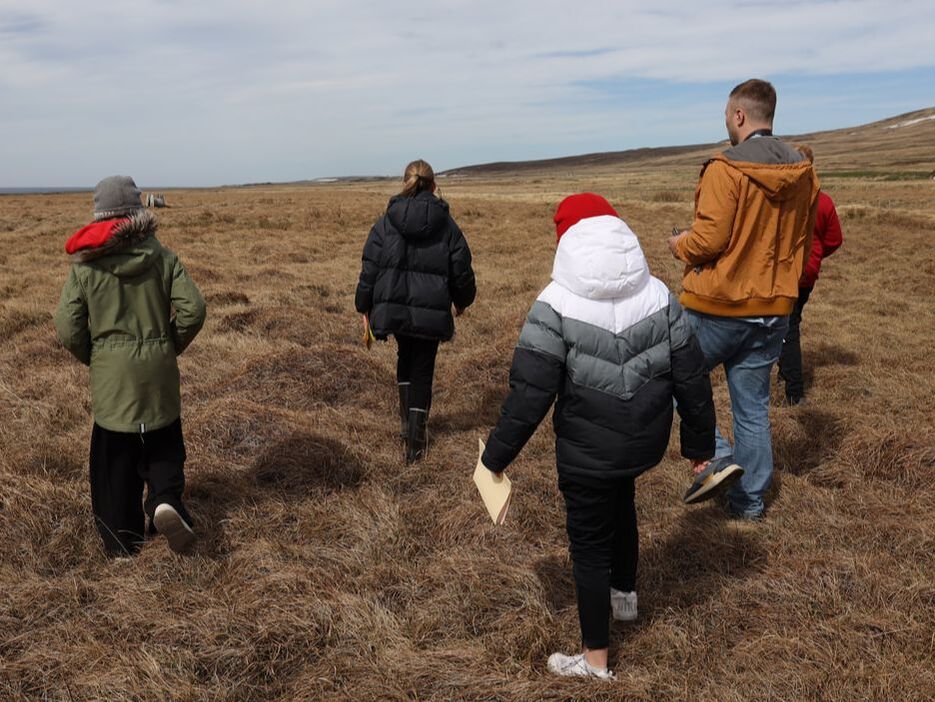
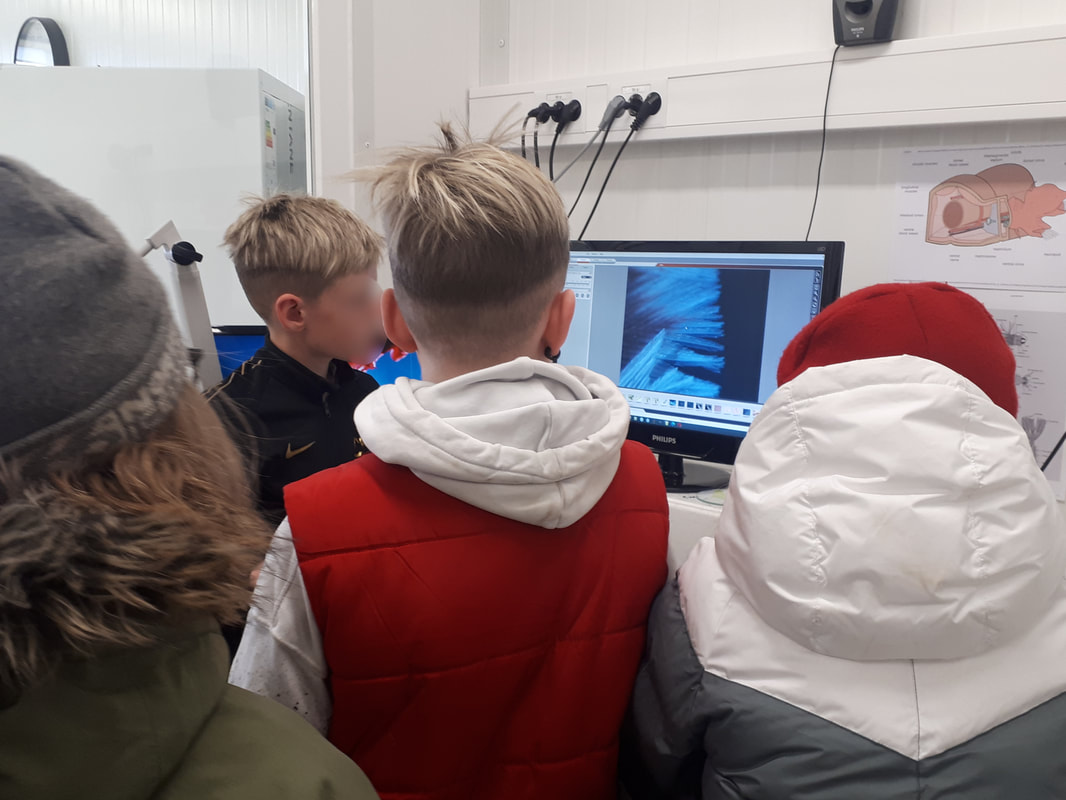
 RSS Feed
RSS Feed

